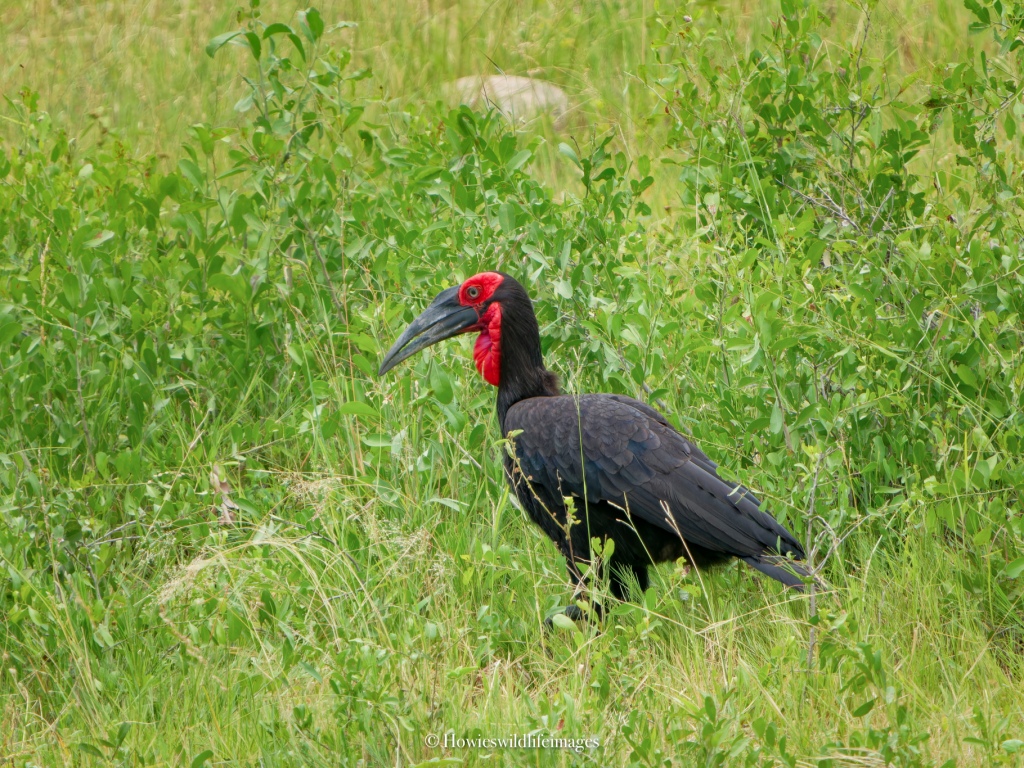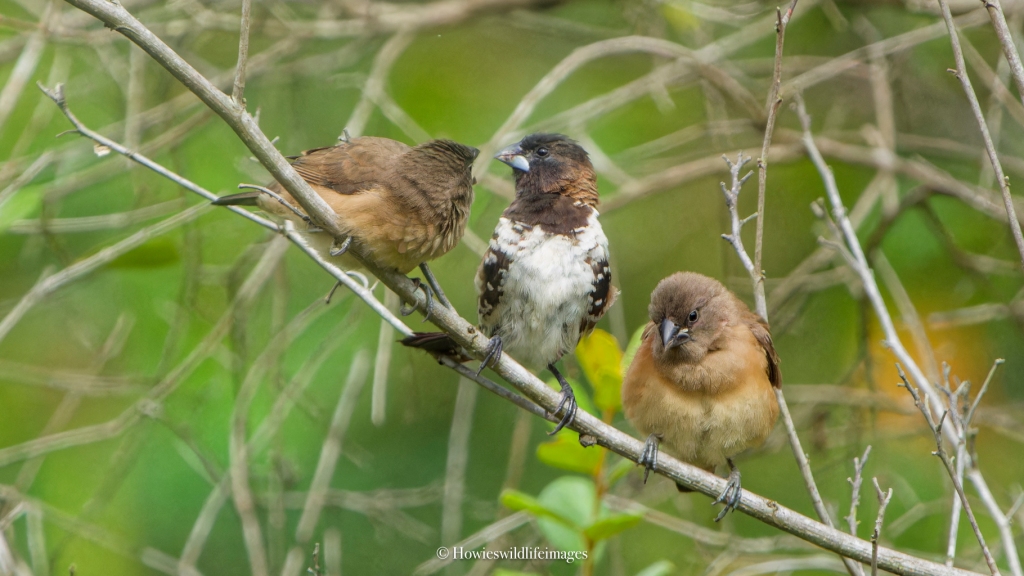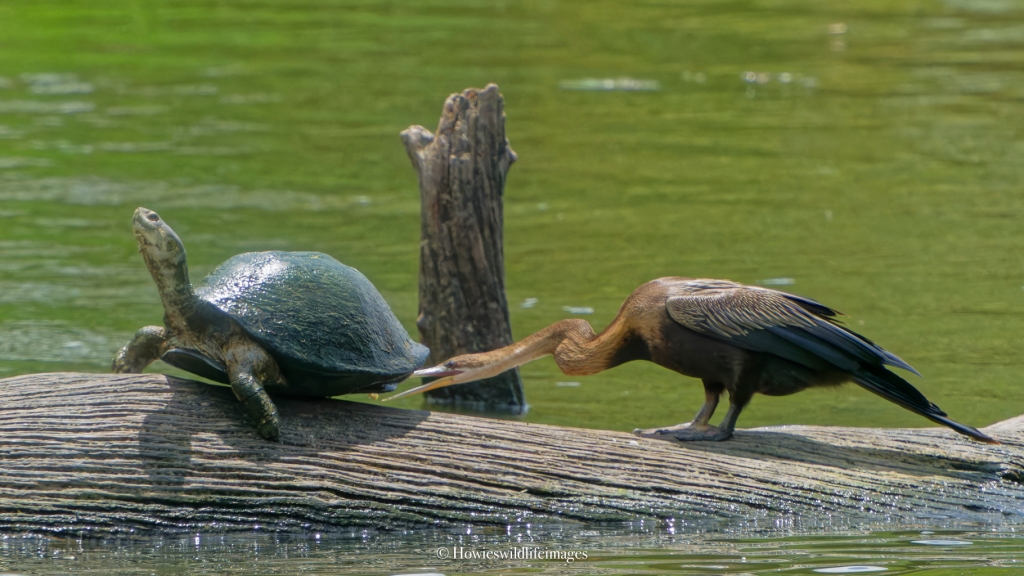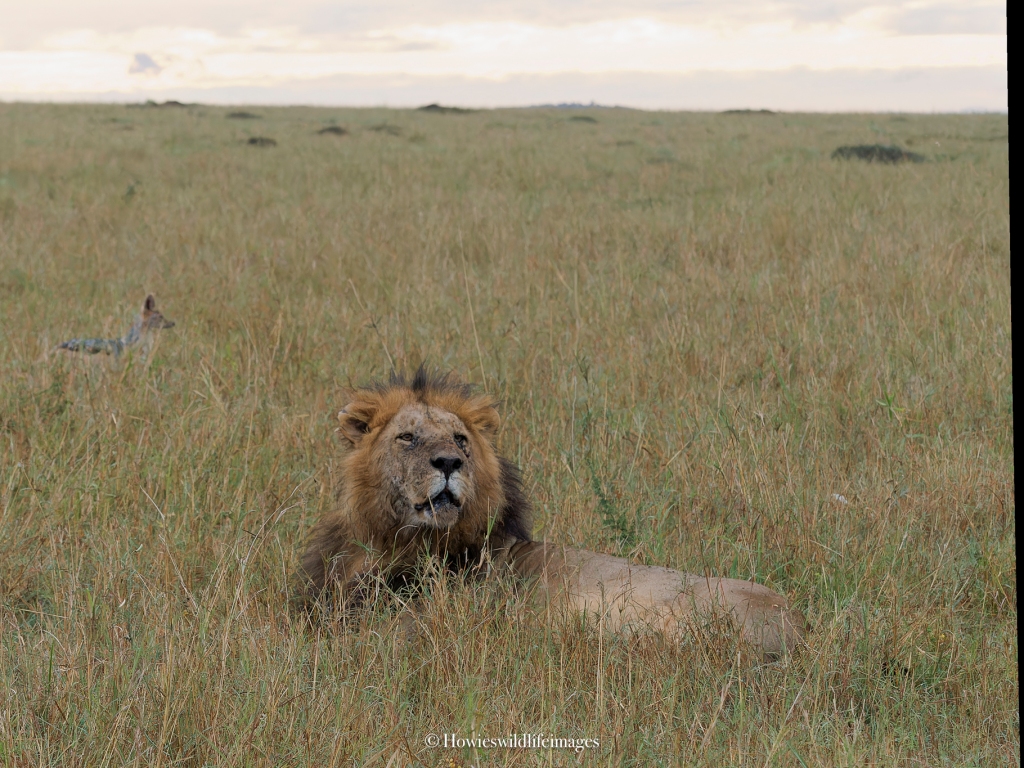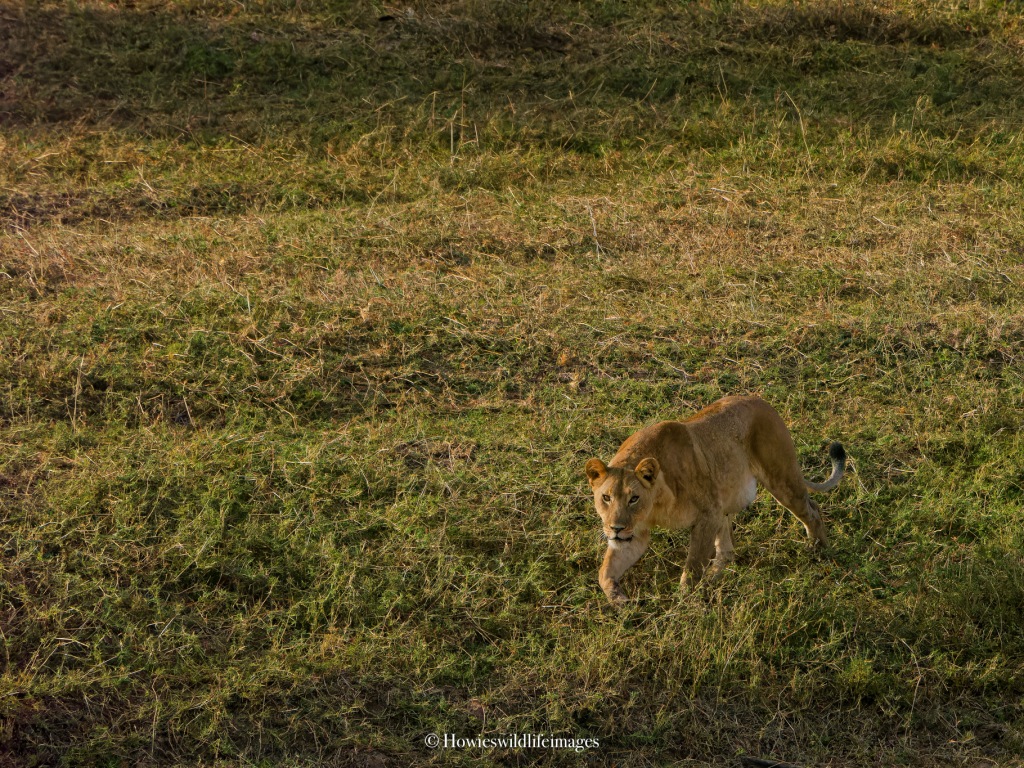The weather was variable in the week we visited Kruger at the end of February this year. It was overcast and raining for periods on most days and very windy on some days. Both mammals and birds do not like the windy conditions because it disrupts the hearing and smelling senses making them more vulnerable to predators.
“Wherever you go, no matter what the weather, always bring your own sunshine.” ~ Anthony J. D’Angelo
The vegetation was very thick in mid-summer making mammal sightings more difficult. The area from the Numbi gate to Skukuza had very thick bush. This meant that sightings of mammals was restricted, in large part, to the sides of the roads.
“It is a wholesome and necessary thing for us to turn again to the earth and in the contemplation of her beauties to know the sense of wonder and humility. ” ~ Rachel Carson
There was good grazing on the sides of the roads which attracted Burchell’s zebra. The southern Burchell’s Zebra has a distinctive shadow brown stripe in the white stripe, a characteristic which diminishes the further north they occur.

Zebras have a dark circular patch on the inner forelegs which is designed to accommodate the sharp end of the hoof when lying down. The white fur represents an absence of melanin; white is not its own pigment. Since white stripes only exist because pigment is denied, black is understood to be the “default” colour of a zebra.

One of the most productive drives during our week in Kruger was along the H3 from Skukuza to Malelane. The bush was more open so the mammals were more visible. Near Renoster Pan we saw a large bull elephant walking towards the road. As soon as he saw the cars on the road he walked parallel to the road until he found a quieter place to cross. He was clearly avoiding unnecessary conflict with humans.
“The human race is challenged more than ever before to demonstrate our mastery, not over nature but of ourselves.” ~ Rachel Carson

Further down the H1 towards Malelane we found a large herd of buffalo spread out either side of the road. The buffalo were grazing and wandering through the mopani bush making it difficult to photograph them as a herd so I picked out one of the larger bulls at the back of the herd. You can see how smooth the top of his boss was indicating he had done his fair share of head butting and fighting over the years.

We travelled down to the Berg-en-dal camp to have a look around. I was surprised to see the dam in front of the camp was empty which meant there was no game close to the camp. There were a few Vervet monkeys hanging around probably waiting to try and steal food from visitors sitting having a meal on the camp’s restaurant deck.

After a brief look around Berg-en-dal camp, which looked in need of maintenance, we decided to drive on the Matjulu loop which took us through the mountainous south western section of the park. We found quite a lot of mammal and bird life on this loop. Close to the road we found three adult giraffes sitting in the grass chewing their cud. Giraffes actually have four stomachs, similar to cows so have to regurgitate the grass and leaves and rechew them. Giraffes occasionally sit or lie down, but not for long. They fold their legs under their bodies when sitting down, but they maintain their necks lifted high. They are very vulnerable to predators when sitting down.

Further along the Matjulu loop we found a pride of lions lying next to the waterhole where they had killed a buffalo. This lioness had a dirty face after feeding on the several day old carcass.
“Nature has introduced great variety into the landscape, but man has displayed a passion for simplifying it. Thus he undoes the built-in checks and balances by which nature holds the species within bounds.” ~ Rachel Carson

The pride at the Matjulu waterhole was large with two fully grown males and a large young male with a mohican style mane. According to the informative Londolozi Blog, humans have around 10,000 taste buds on average, while most carnivores have far fewer, being around 470. Carnivores are responsive to bitter flavours but cannot taste sweetness. Bitterness enables carnivores to distinguish between meat that is spoiled and meat that is still safe to eat. Their digestive system is far better at processing meats and can tolerate bacteria that would cause immediate and severe stomach issues in humans.


The males had already fed well from the carcass leaving the lionesses to pick over the remains. The carcass stunk to “high heaven” so we positioned ourselves upwind to be able to spend some time watching the lions interacting. The smell was strong enough to make us nauseous. It was still early and cool enough for them to be out in the open.

The next day we visited Lake Panic which is close to Skukuza camp. There is a bird hide at the south-west end of Lake Panic. There are several fallen dead tree trunks in the section of the lake in front of the hide. A few Serrated hinged terrapins climbed onto the fallen tree trunk to warm up. This species is the largest hinged terrapin. To protect themselves Serrated Hinged Terrapins secrete a very foul smelling odour when threatened. This did not seem to worry an African darter that pecked at one terrapin’s legs to get it off the fallen tree trunk.

As has often been the case, on the second last day in Kruger the sun came out. We stopped at Shitlhave dam for a cup of early morning coffee. The resident pod of hippo which had been very docile when the weather was overcast were now more playful in the sun. Two young hippos were sparring and testing each other’s strength.

Hippo bulls are territorial in water but not at night on land. Bulls defend territories for mating rights not food. Play fighting among young hippos can be fun to water and photographically productive. When a bull hippo is threatening others, the display is much more obvious with yawning, water scooping and head shaking combined with rearing and lunging.
“We don’t stop playing because we grow old; we grow old because we stop playing.” ~ George Bernard Shaw


Our mammal sighting were limited by the cool, rainy and windy weather. A long time ago, I learnt that the weather can be a photographer’s friend. Overcast skies filter the harsh sunlight. Rain-filled cloud formations can provide wonderful backgrounds. Often the cooler weather allows predators to be more active later in the morning. I would never stay indoors in a game reserve because of overcast rainy weather.
“You will enrich your life immeasurably if you approach it with a sense of wonder and discovery, and always challenge yourself to try new things.” ~ Nate Berkus
Explore, seek to understand, marvel at its interconnectedness and let it be.
Have fun, Mike



















